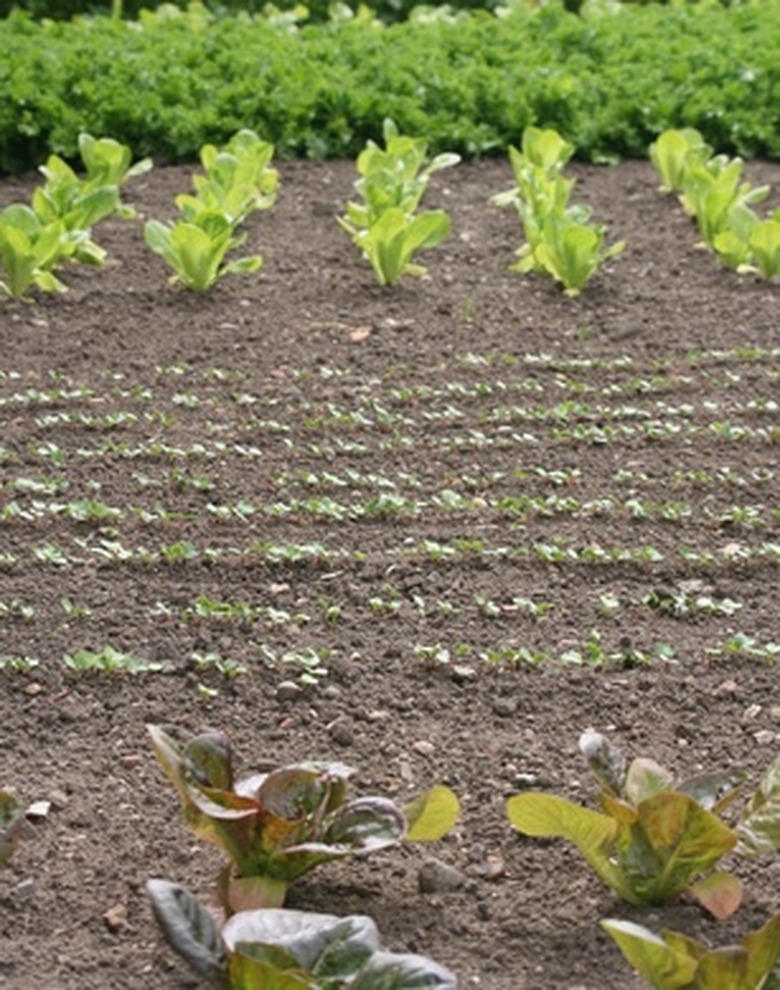The Importance Of Sandy Soils
Sandy soil is found in watershed areas below mountains or hills. It is created by erosion of rocks and minerals. Sandy soil is important for growing vegetables and fruits because it drains well. Plant root systems cannot spread well in dense, heavy clay soil. Sandy loam is the description often given for optimum garden soil. All soils can be conditioned, amended and improved.
Definition
Pure sandy soil is loose, single grained and not aggregated. Soil aggregates are clusters of minerals, organic materials, oxygen and water that gather into small particles. Sandy soil falls in a steady stream when held in the hand. It feels gritty to the touch and is not sticky. According to the USDA Soil Textural Class analysis of sand, it must contain 85 to 100 percent sand-size mineral particles to be considered pure sand.
- Sandy soil is found in watershed areas below mountains or hills.
- Sandy loam is the description often given for optimum garden soil.
Sandy Loam
Sandy loam soil containing organic matter is easily worked and productive, according to an Ohio State University Extension report on improving garden soils for vegetable growing. Clay soil stays wet long after winter and dry, coarse sandy soil does not hold water adequately. Organic matter such as backyard compost adds the necessary structure to sandy soil.
Structure
Plant roots need structured soil to cling to. Structured sandy soil has organic matter as well as garden loam. Organic matter provides nutrients from microorganisms. They are part of the decomposition process that creates organic matter. Microorganisms ingest raw materials and transform them into nutrients. Vegetables and fruits absorb nutrients through their root systems.
- Sandy loam soil containing organic matter is easily worked and productive, according to an Ohio State University Extension report on improving garden soils for vegetable growing.
Texture
Texture is determined by the mineral particle size in soil. When compost is added to sandy soil, the texture improves. Clay soil has a high mineral content, but the minerals are not easily available to growing plants because roots cannot spread well. Sandy loam soil is balanced between clay, sand and garden soil. The sand creates good drainage.
Improvement
Organic materials such as peat moss, straw, sawdust, wood chips, shredded bark and compost add structure to sandy soil. The workability of soil is improved by adding compost regularly. Soil conditioners improve the moisture-holding capacity of soil as well as provide nutrients. The nutrient level in vegetables and fruits is dependent on the nutrient level of the soil.
- Texture is determined by the mineral particle size in soil.
- The workability of soil is improved by adding compost regularly.
